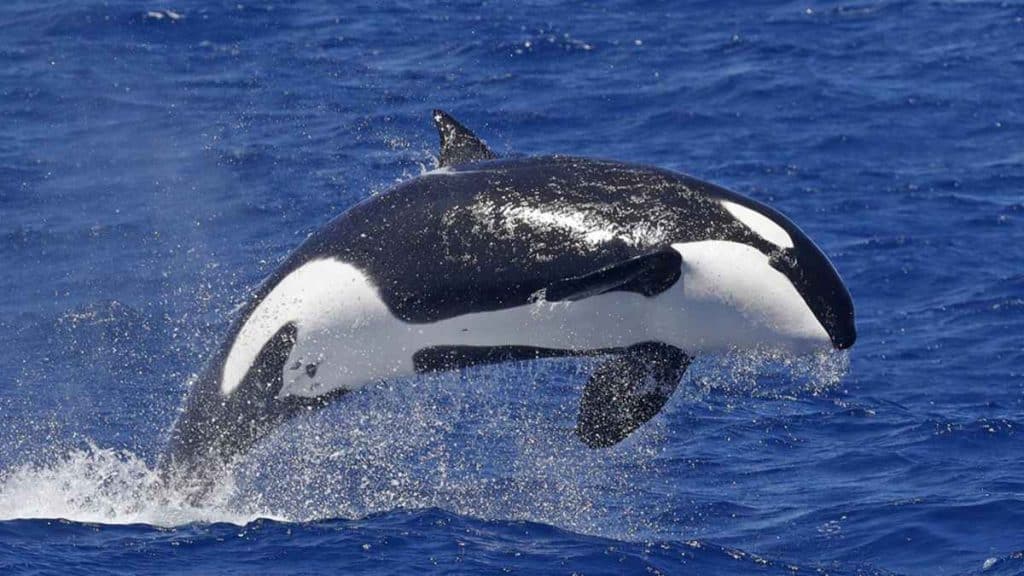Before embarking on a whale watching Bremer Bay, a thorough understanding of the species is required. From January through March, Bremer Bay’s shoreline is one of the best places in the world to see whales. Numerous species, including sunfish, sperm whales, pilot whales, and orcas, converge during this time of year to feast on pelagic fish and squid. The finest opportunity to see one of the ocean’s most secretive species, the Australian wild orca, comes during the largest gathering of orcas in the southern hemisphere.
Beginning in July, female southern right whales travel to the sheltered waters of Bremer Bay to give birth. Throughout these seasons, observant watchers may also see the uncommon humpback whale on its northern and southern migrations. The sheltered coves around Bremer are the finest sites to search for and view the sleeping moms and calves, making Bremer Bay the ideal location for whale watching.
If you want to learn more about whales while whale watching Bremer Bay, here is some information about each variety of whale.
1. Sperm Whales
The biggest of the toothed whale species, sperm whales have one of the broadest geographic distributions of any group of marine mammals. From the equator to the borders of the icebergs in the Arctic and Antarctic, they are present in all deep waters. Their waxy inside material, known as spermaceti, gave rise to their name. Several specific anatomical traits of sperm whales support this predatory behaviour. They may ensnare their favourite prey with the help of their huge conical teeth. They have sizable brains, like the majority of active predators, and the sperm whale really does have the biggest brain of any creature on earth. They also possess the strongest radar of any creature, which they employ to locate prey in the deep, dark waters.
2. Pilot Whales
Pilot whales are the second-largest type of dolphin and a must-see on your whale watching Bremer Bay excursion. They coexist in matriarchal pods and are very gregarious creatures. These pods typically consist of between 10 and 20 members, although some “mega pods” may number in the hundreds. Their term comes from the notion that when travelling, the pod adheres to a leader or “pilot.” Today, short and long-finned pilot whales are the only two species that are still thriving in a large portion of the world’s oceans. Although short- and long-finned pilot whales have similar appearances, they differ in size and head shape, as suggested by their names. Odontocetes, or toothed whales, include pilot whales. This indicates that pilot whales hunt using their teeth.
3. Orcas, or Killer Whales
Orcas are commonly referred to as killer whales even though they virtually never attack humans. In fact, the term “whale killer” was first used to describe killer whales since early mariners saw them roaming in groups to hunt down massive whales. Orcas are one of the mammals that are currently one of the most widely scattered throughout the world’s oceans. They are ferocious, gregarious, predatory sea animals that consume everything. Orcas are the whale family’s largest members. Although it varies depending on the type of orca, males are frequently bigger than females.
What Do Humpback Whales Eat?
What do humpback whales eat because of their size? The manner in which these magnificent marine mammals search for and ingest their whale prey in the ocean is pretty astonishing. One frequently asked question is how whales consume their whale meal. Depending on the species of whale, there are differences in how they find their food and consume it. A lot of whales are known to eat krill and other small crustaceans as food.
The sperm whale primarily eats whale food, which includes large fish, squid, and octopus. The type of food a whale consumes is strongly influenced by whether or not it has teeth. Whales with teeth are said to be enthusiastic hunters since they have teeth that allow them to consume larger whale prey. Salmon, squid, octopus, crabs, and other sorts of whale food are what most whales that have teeth eat. Other whales, such as the killer whale, hunt other whales in addition to larger marine creatures like seals, sharks, and birds, among others.
There are whales that lack teeth, as opposed to toothed whales. Instead, they have bristles that resemble comb bristles and serve as a net to catch prey. They hunt for food by diving through aquatic creatures and other types of whale prey, or they might just even skim the surface of the water with their mouths open to catch anything there.
How Much Can A Whale Eat?
Since we already know what whales eat, we should also know how much food they consume. The amount of food a whale can consume varies depending on what type of whale it is. For example, sperm whales can eat up to 100,000 tonnes of squid per year. On the other hand, grey whales consume 1.5 tonnes per day.
Conclusion
When you go whale watching Bremer Bay, you can see a variety of whales. These whales have different types of food they consume. They also differ in how they hunt to eat.
Whale watching Bremer Bay Tour is well worth the money and comes highly recommended. It’s a once-in-a-lifetime opportunity, and we hope you’ll be able to see this apex predator in its native environment for yourself!
